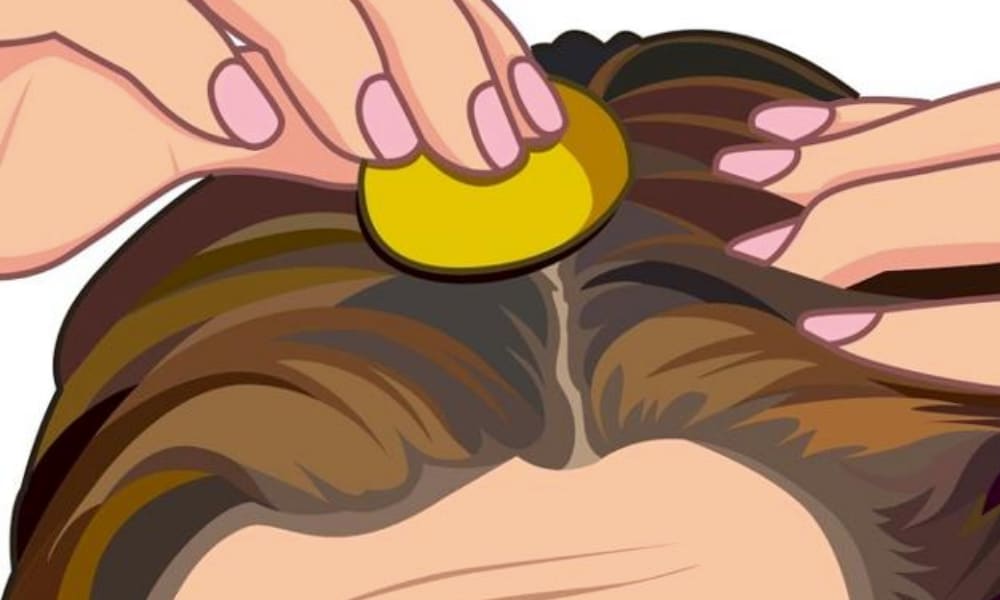Choosing and Using a Hair Brush for Grooming and Styling
A hair brush is a simple tool that plays a key role in daily grooming and styling routines. Knowing how different brush types work and when to use them helps maintain hair health, shape styles, and manage tangles. This article explains common brush designs, how they interact with hair and scalp, and practical tips for selecting and caring for brushes.

What is a hair brush and when to use it?
A hair brush is a hand-held tool with bristles attached to a handle and base, designed to detangle, smooth, and shape hair. Brushes come in many forms — paddle, round, vented, and cushion — each suited to different tasks. Use a wide-tooth comb or a detangling brush on wet hair to reduce breakage, while paddle brushes are useful for smoothing dry, medium-to-long hair.
Choosing when to brush depends on hair texture, elasticity, and styling goals. Curly or coarse hair often benefits from gentle brushing while conditioning or using fingers to detangle, whereas straight hair can tolerate more frequent brushing. Brushing can distribute natural oils from scalp to ends, but excessive or aggressive brushing can cause mechanical damage, so technique matters.
How does brushing fit into grooming routines?
Brushing is a basic grooming step that helps remove loose hair, dust, and product residue between washes. Incorporate brushing into morning or evening routines to smooth the hair and align strands for a neater appearance. For those with fine hair, light brushing can add temporary volume near the roots; for thicker hair, brushing primarily prevents large knots and keeps styles tidy.
Frequency should match individual needs: daily brushing is common for many people, but those with fragile or highly textured hair may prefer reduced brushing and more protective routines. Consider brushing as part of a broader grooming approach that includes appropriate shampooing, conditioning, and occasional trims to maintain overall hair condition.
Which brushes help with styling different hair types?
Round brushes, often used with a blow dryer, help create volume and curl or smoothness depending on the bristle density and barrel size. Ceramic or metal barrels hold heat and can speed styling, while boar or mixed bristles provide smoother finishes. Vented brushes allow hot air to circulate, reducing drying time and helping lift roots for body.
For short hair or precise shaping, smaller round brushes or styling brushes work best. Paddle brushes are versatile for straightening and long hair smoothing. For curly styles, a wide-tooth brush or a detangling brush used with conditioner helps define curls without ripping them apart. Match brush type to hair length, porosity, and the desired result.
How does brushing support hair care and scalp health?
Brushing can support scalp circulation and distribute sebum along the hair shaft, which helps protect strands and can improve manageability. Gentle scalp stimulation with a brush or scalp brush may feel invigorating and help loosen dry flakes before shampooing. However, vigorous brushing of a sensitive scalp can cause irritation, so pressure and technique should be adjusted.
Regular cleaning of brushes is part of hair care: accumulated oils, product residue, and shed hair can transfer back to clean hair and scalp. Remove loose hair after each use and wash brushes periodically with mild soap and warm water. Replace brushes when bristles are bent, missing, or the base shows wear to avoid damaging hair.
Can a hair brush enhance everyday beauty looks?
A well-chosen brush can streamline daily beauty routines by making styles easier to create and maintain. Smooth, polished looks often start with a good paddle or boar-bristle brush to reduce flyaways and add shine. For textured or voluminous looks, round brushes and vented styles help shape and lift while drying.
Beyond performance, consider ergonomic features: comfortable handles and lightweight designs reduce hand fatigue during styling. Color or finish choices affect aesthetics but not function; prioritize bristle type, size, and build quality for reliable results. Consistent, gentle technique paired with appropriate products enhances the brush’s contribution to an everyday beauty routine.
Conclusion
Selecting and using the right hair brush involves matching brush design to hair type, grooming practices, and styling goals. Proper technique and regular brush maintenance support hair care and scalp comfort, while thoughtful choices about bristle type and brush shape can improve styling outcomes. Understanding these basics helps you incorporate brushing into a balanced hair routine tailored to your needs.






